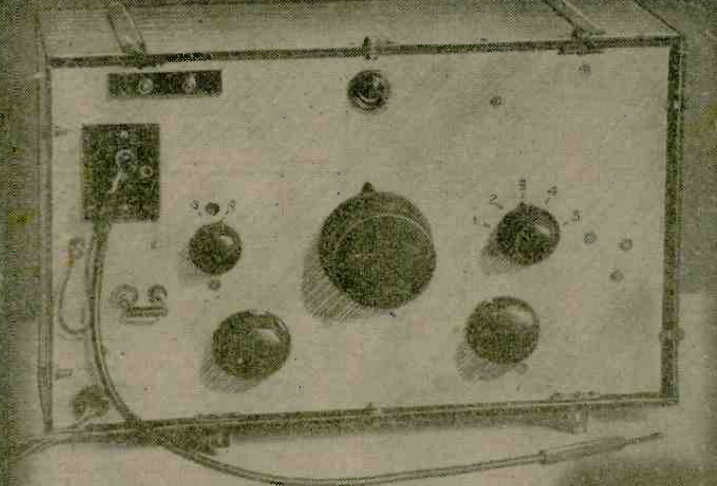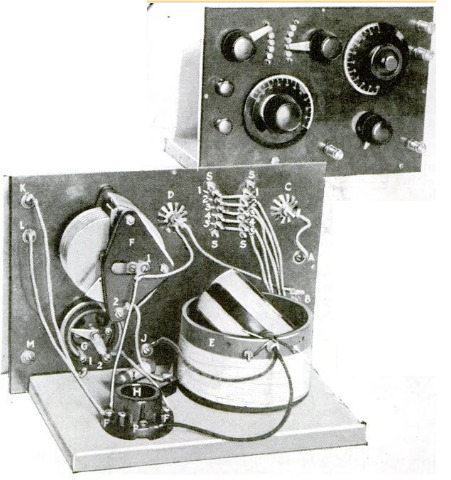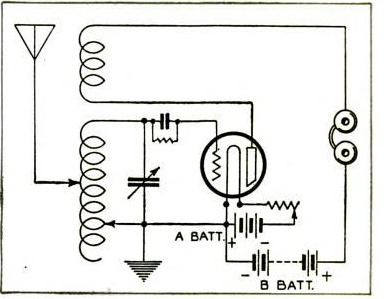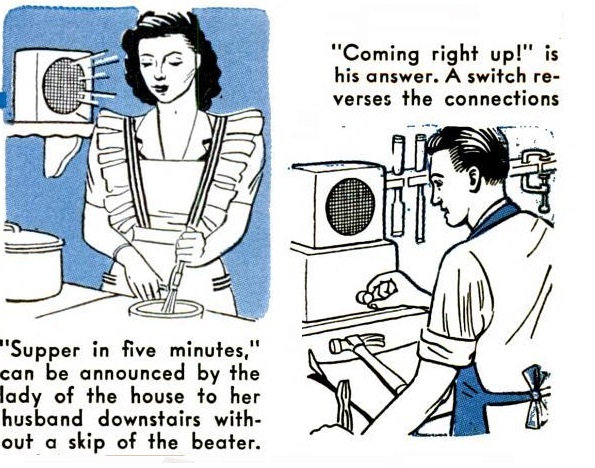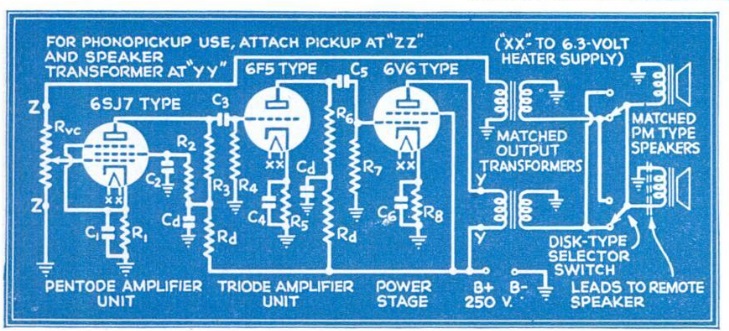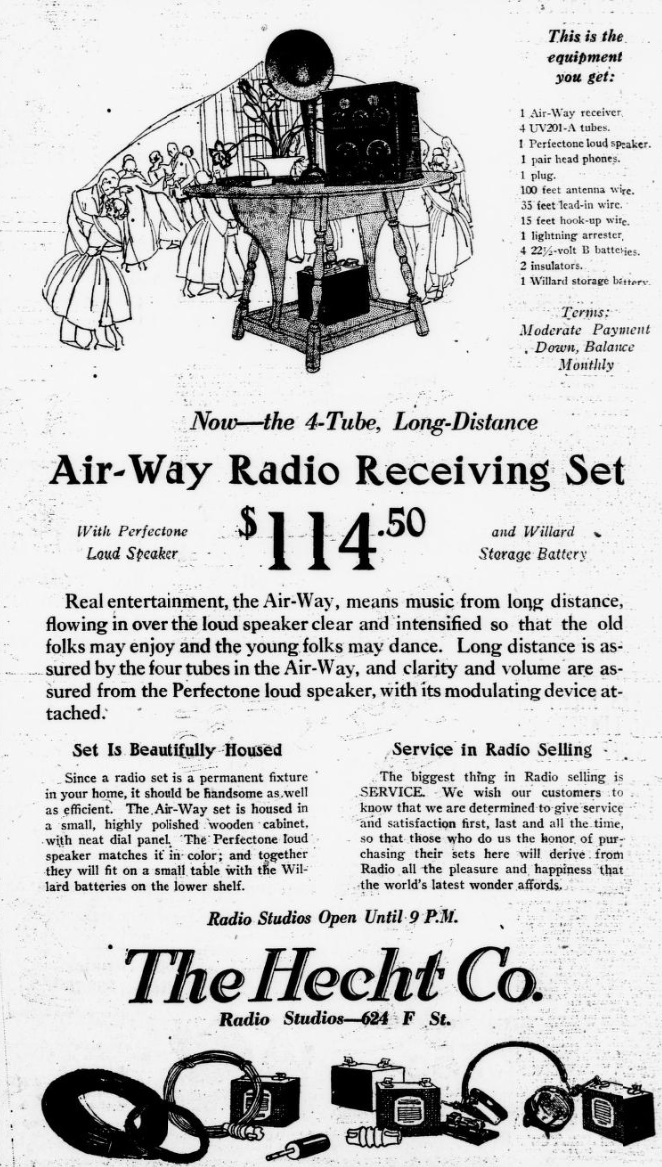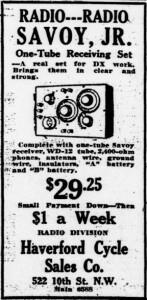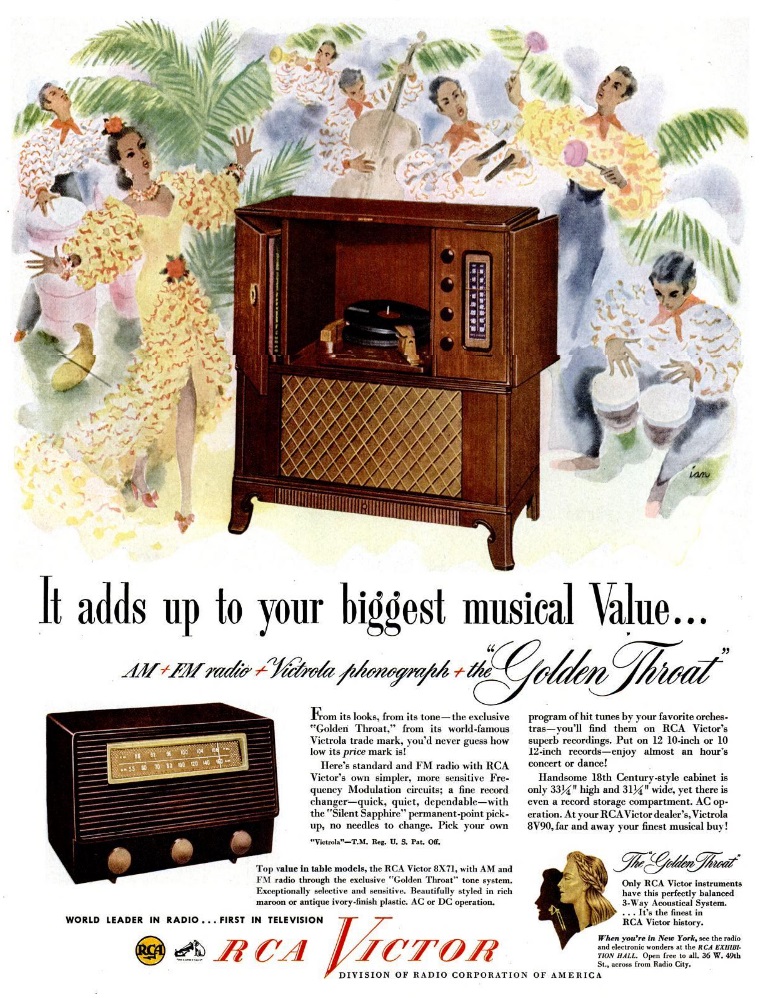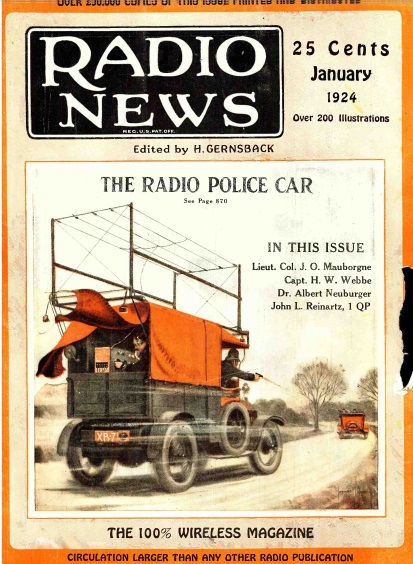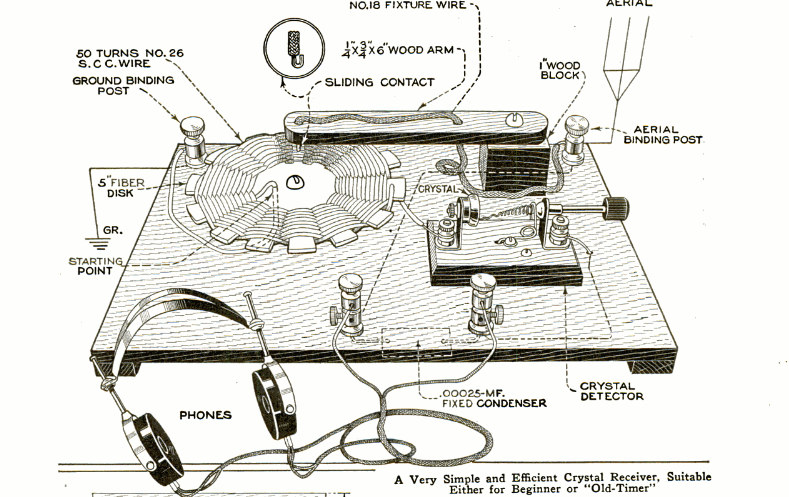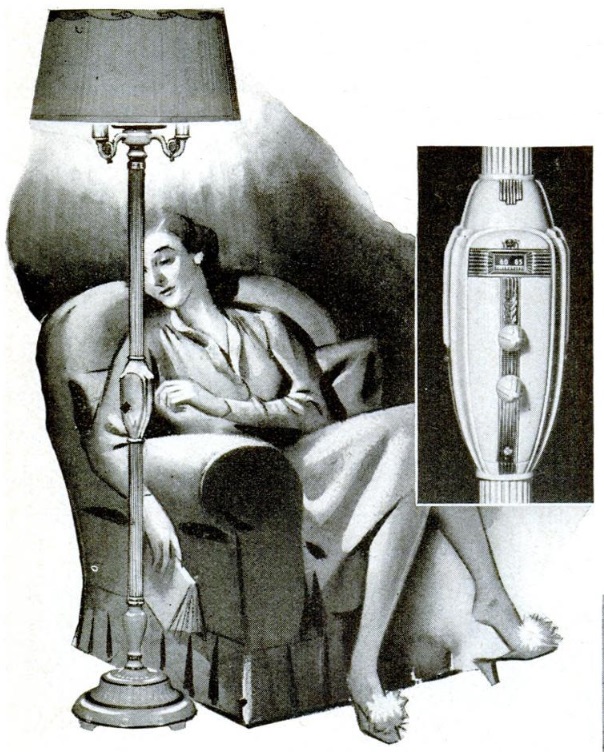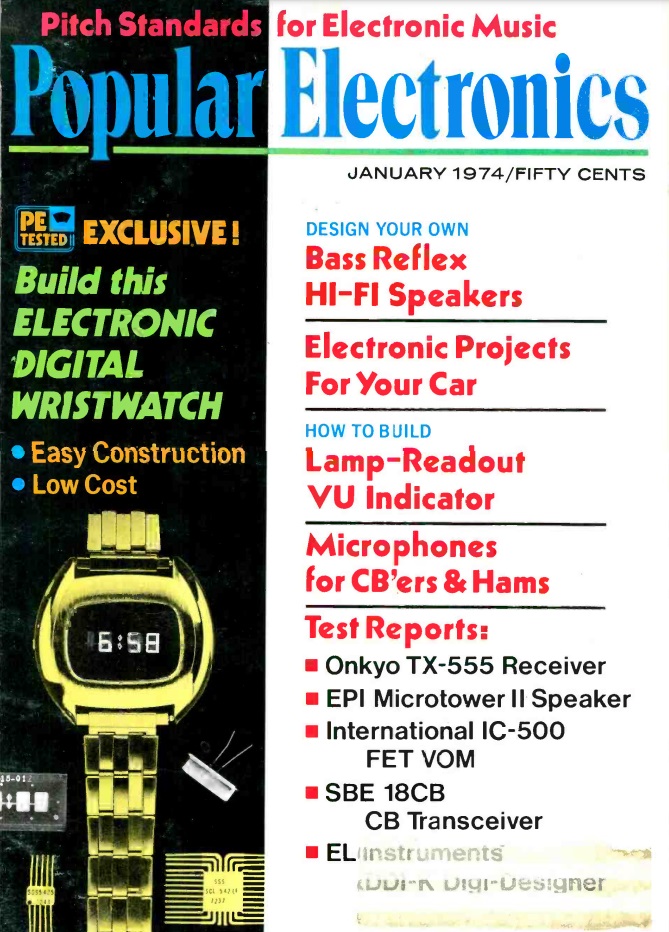 Fifty years ago, the hobbyist with nimble fingers and a sharp eye could have their own digital watch, thanks to this project in the January 1974 issue of Popular Electronics.
Fifty years ago, the hobbyist with nimble fingers and a sharp eye could have their own digital watch, thanks to this project in the January 1974 issue of Popular Electronics.
If you bought one, it would set you back $200, but you could make your own for about $80. The construction article gave the source for the case, you could make the small PC board, or you could buy the whole thing as a kit. If the tip on your soldering iron wasn’t small enough, the article suggested attaching a piece of copper wire and filing down the end. Accuracy was said to be several seconds a month.

